filter
-
Brand
- By Category
- Direction
- Date Range
57Events
Pictures
Events

Editorial Armani beauty announces American actress Tessa Thompson as the newest face
- 2022-01-21
- 1
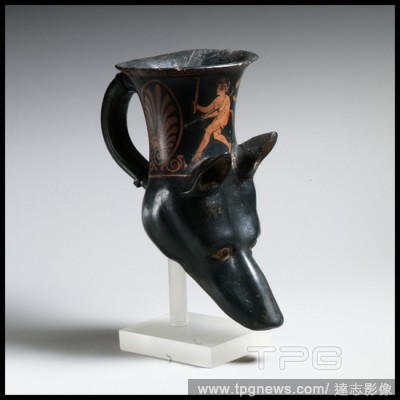
Editorial Terracotta rhyton (vase for libations or drinking), Late Classical, ca. 350?300 B.C., Greek, South Italian, Apulian, Terracotta; red-figure, H. 7 1/16 in. (17.9 cm), Vases, Head of a dog. On the cup, a running satyr. The earliest Apulian animal-head rh...
- 2019-12-17
- 1
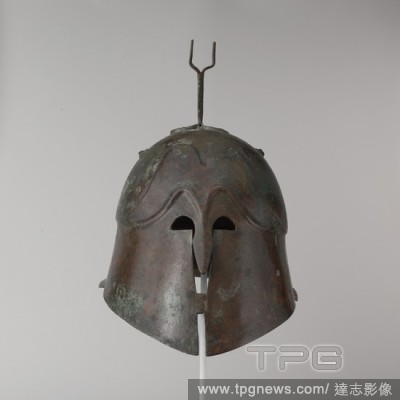
Editorial Bronze helmet of Apulian-Corinthian type, Late Classical or Hellenistic, mid-4th?mid-3rd century B.C., Greek, South Italian, bronze, H. 12 in. (30.5 cm), Bronzes, These helmets represent South Italian adaptations of the Greek type known as Corinthian. ...
- 2019-12-17
- 1

Editorial Shoulder Cape (Pelerine).
- 2019-11-18
- 1
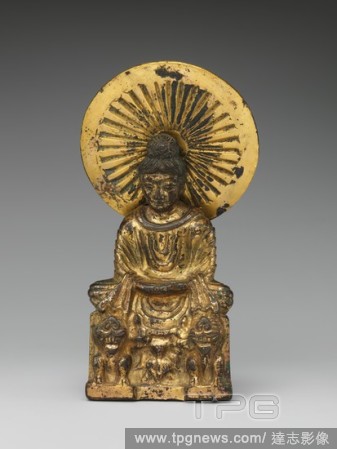
Editorial . Culture: China. Dimensions: H. 6 1/2 in. (16.5 cm); W. 2 3/4 in. (7 cm); D. 1 3/8 in. (3.5 cm). Date: late 4th-early 5th century. Representations of the Buddha wearing a thick shawl over both shoulders and sitting atop a throne with lions on either ...
- 2019-11-18
- 1
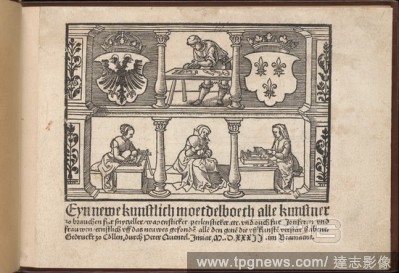
Editorial Eyn Newe kunstlich moetdelboech alle kunst.
- 2019-11-18
- 1

Editorial Pyrrhocorax alpinus, Print, The Alpine chough, or yellow-billed chough (Pyrrhocorax graculus), is a bird in the crow family, one of only two species in the genus Pyrrhocorax. Its two subspecies breed in high mountains from Spain eastwards through south...
- 2019-11-18
- 1
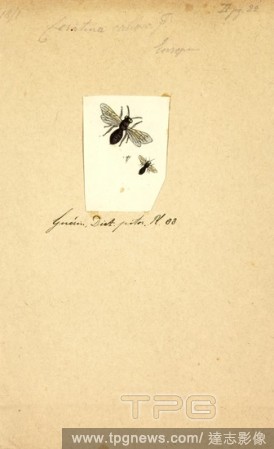
Editorial Ceratina, Print, The cosmopolitan bee genus Ceratina, often referred to as small carpenter bees, is the sole lineage of the tribe Ceratinini, and closely related to the more familiar carpenter bees. They make nests in dead wood, stems, or pith, and whi...
- 2019-11-18
- 1
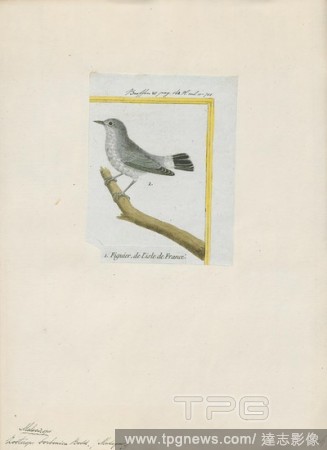
Editorial Zosterops borbonica, Print, Zosterops (meaning "eye-girdle") is a genus of passerine birds containing the typical white-eyes in the white-eye family Zosteropidae. The genus has the largest number of species in the white-eye family. They occur in the Af...
- 2019-11-18
- 1
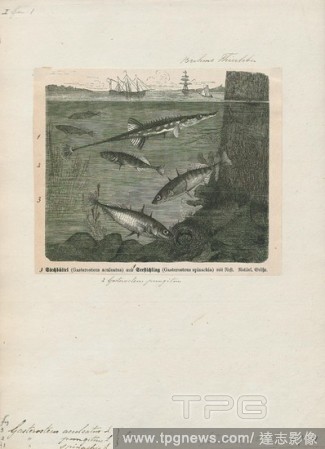
Editorial Gasterosteus aculeatus, Print, The three-spined stickleback (Gasterosteus aculeatus) is a fish native to most inland coastal waters north of 30?N. It has long been a subject of scientific study for many reasons. It shows great morphological variation t...
- 2019-11-18
- 1
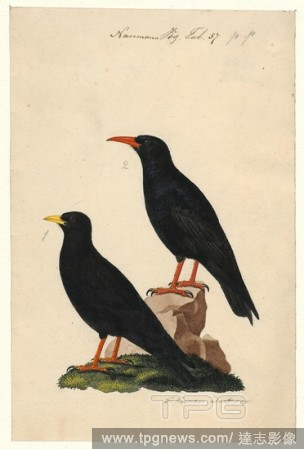
Editorial Pyrrhocorax alpinus, Print, The Alpine chough, or yellow-billed chough (Pyrrhocorax graculus), is a bird in the crow family, one of only two species in the genus Pyrrhocorax. Its two subspecies breed in high mountains from Spain eastwards through south...
- 2019-11-18
- 1
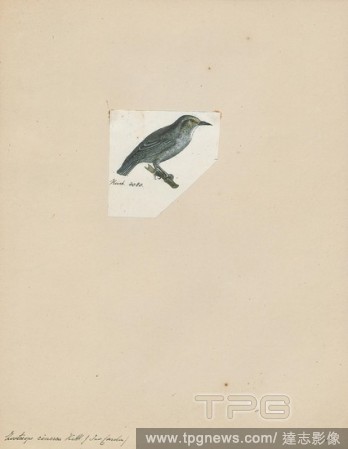
Editorial Zosterops cinerea, Print, Zosterops (meaning "eye-girdle") is a genus of passerine birds containing the typical white-eyes in the white-eye family Zosteropidae. The genus has the largest number of species in the white-eye family. They occur in the Afro...
- 2019-11-18
- 1
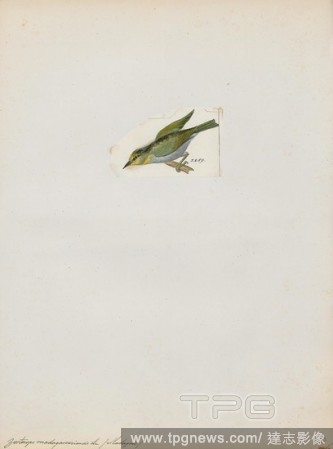
Editorial Zosterops madagascariensis, Print, Zosterops (meaning "eye-girdle") is a genus of passerine birds containing the typical white-eyes in the white-eye family Zosteropidae. The genus has the largest number of species in the white-eye family. They occur in...
- 2019-11-18
- 1
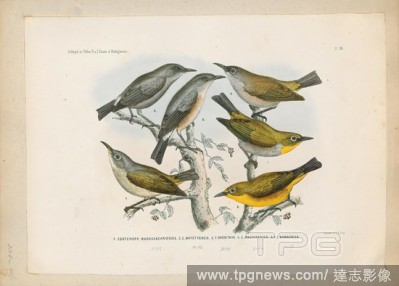
Editorial Zosterops haesitata, Print, Zosterops (meaning "eye-girdle") is a genus of passerine birds containing the typical white-eyes in the white-eye family Zosteropidae. The genus has the largest number of species in the white-eye family. They occur in the Af...
- 2019-11-18
- 1
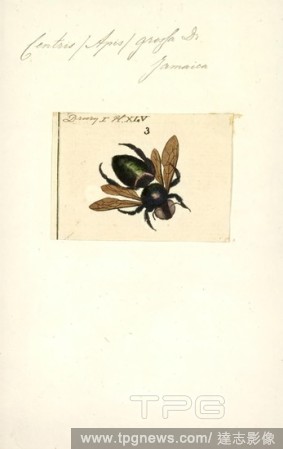
Editorial Centris, Print, The genus Centris contains circa 250 species of large apid bees occurring in the Neotropical and Nearctic realms, from Kansas to Argentina. Most females of these bees possess adaptations for carrying floral oils rather than (or in addit...
- 2019-11-18
- 1
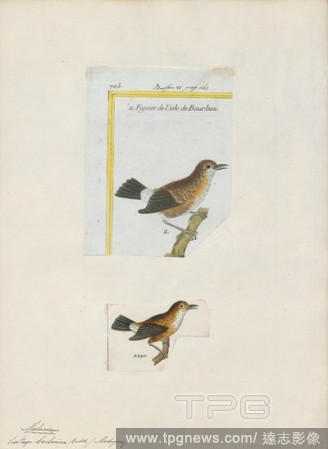
Editorial Zosterops borbonica, Print, Zosterops (meaning "eye-girdle") is a genus of passerine birds containing the typical white-eyes in the white-eye family Zosteropidae. The genus has the largest number of species in the white-eye family. They occur in the Af...
- 2019-11-18
- 1
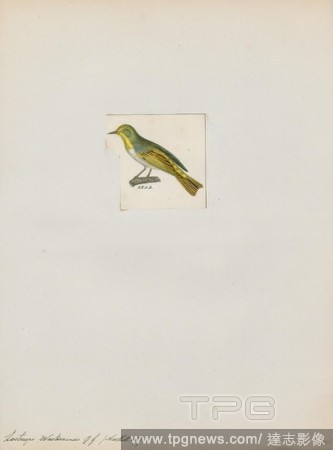
Editorial Zosterops westernensis, Print, Zosterops (meaning "eye-girdle") is a genus of passerine birds containing the typical white-eyes in the white-eye family Zosteropidae. The genus has the largest number of species in the white-eye family. They occur in the...
- 2019-11-18
- 1

Editorial Zosterops conspicillata, Print, Zosterops (meaning "eye-girdle") is a genus of passerine birds containing the typical white-eyes in the white-eye family Zosteropidae. The genus has the largest number of species in the white-eye family. They occur in th...
- 2019-11-18
- 1

Editorial Zosterops flava, Print, Zosterops (meaning "eye-girdle") is a genus of passerine birds containing the typical white-eyes in the white-eye family Zosteropidae. The genus has the largest number of species in the white-eye family. They occur in the Afrotr...
- 2019-11-18
- 1
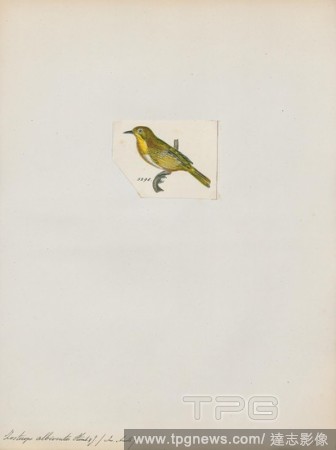
Editorial Zosterops albiventer, Print, Zosterops (meaning "eye-girdle") is a genus of passerine birds containing the typical white-eyes in the white-eye family Zosteropidae. The genus has the largest number of species in the white-eye family. They occur in the A...
- 2019-11-18
- 1
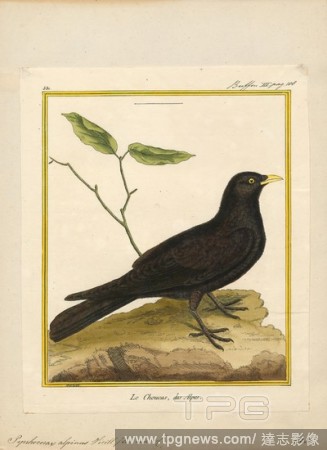
Editorial Pyrrhocorax alpinus, Print, The Alpine chough, or yellow-billed chough (Pyrrhocorax graculus), is a bird in the crow family, one of only two species in the genus Pyrrhocorax. Its two subspecies breed in high mountains from Spain eastwards through south...
- 2019-11-18
- 1
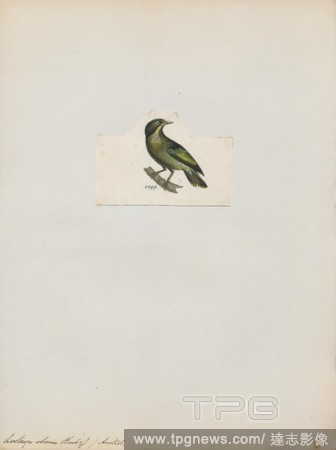
Editorial Zosterops obscura, Print, Zosterops (meaning "eye-girdle") is a genus of passerine birds containing the typical white-eyes in the white-eye family Zosteropidae. The genus has the largest number of species in the white-eye family. They occur in the Afro...
- 2019-11-18
- 1
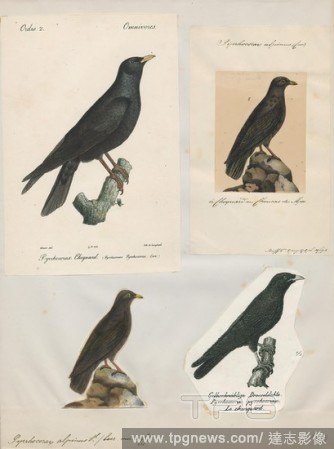
Editorial Pyrrhocorax alpinus, Print, The Alpine chough, or yellow-billed chough (Pyrrhocorax graculus), is a bird in the crow family, one of only two species in the genus Pyrrhocorax. Its two subspecies breed in high mountains from Spain eastwards through south...
- 2019-11-18
- 1
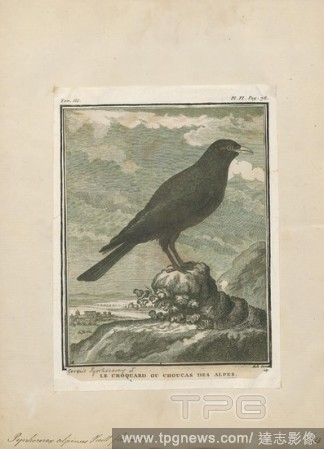
Editorial Pyrrhocorax alpinus, Print, The Alpine chough, or yellow-billed chough (Pyrrhocorax graculus), is a bird in the crow family, one of only two species in the genus Pyrrhocorax. Its two subspecies breed in high mountains from Spain eastwards through south...
- 2019-11-18
- 1
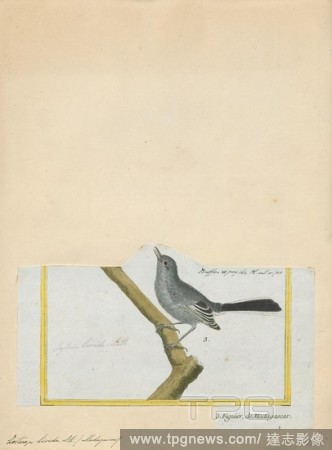
Editorial Zosterops livida, Print, Zosterops (meaning "eye-girdle") is a genus of passerine birds containing the typical white-eyes in the white-eye family Zosteropidae. The genus has the largest number of species in the white-eye family. They occur in the Afrot...
- 2019-11-18
- 1

Editorial Claviger, Print, Claviger is a genus of beetles in the family Staphylinidae, subfamily Pselaphinae. About 40 species and subspecies are described, divided into two subgenera, Claviger (Claviger) and Claviger Clavifer. Claviger displays unusual biologic...
- 2019-11-18
- 1
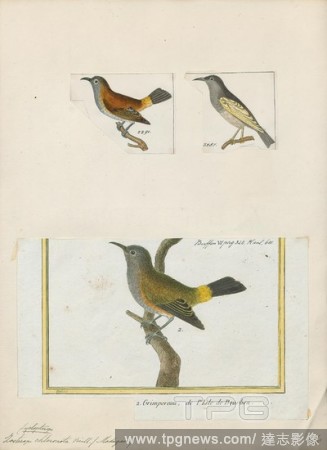
Editorial Zosterops chloronota, Print, Zosterops (meaning "eye-girdle") is a genus of passerine birds containing the typical white-eyes in the white-eye family Zosteropidae. The genus has the largest number of species in the white-eye family. They occur in the A...
- 2019-11-18
- 1

Editorial Aptenodytes forsteri, Print, The emperor penguin (Aptenodytes forsteri) is the tallest and heaviest of all living penguin species and is endemic to Antarctica. The male and female are similar in plumage and size, reaching 122 cm (48 in) in height and w...
- 2019-11-18
- 1
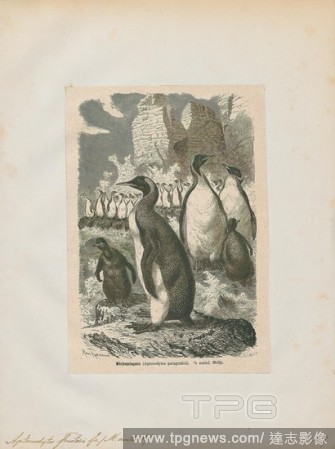
Editorial Aptenodytes forsteri, Print, The emperor penguin (Aptenodytes forsteri) is the tallest and heaviest of all living penguin species and is endemic to Antarctica. The male and female are similar in plumage and size, reaching 122 cm (48 in) in height and w...
- 2019-10-28
- 1

Editorial Limestone head of beardless male votary.
- 2019-02-22
- 1
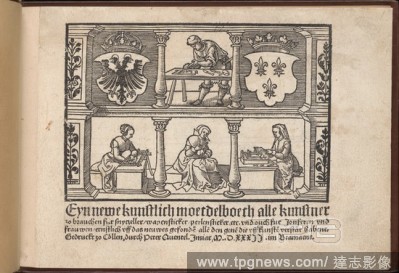
Editorial Eyn Newe kunstlich moetdelboech alle kunst.
- 2019-02-15
- 1

Editorial Terracotta pointed aryballos (oil flask).
- 2019-02-15
- 1

Editorial CARPET.
- 2019-02-15
- 1
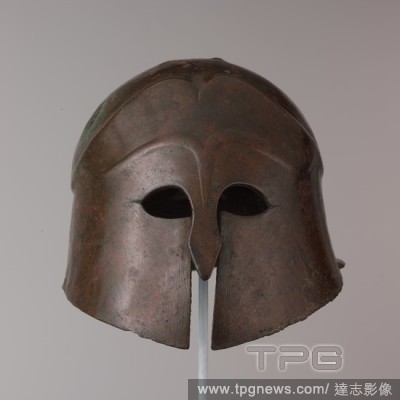
Editorial Bronze helmet of South Italian-Corinthian type.
- 2019-02-11
- 1
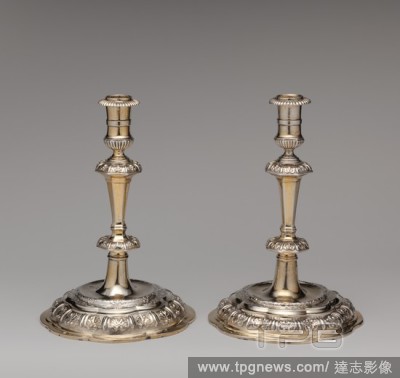
Editorial Candlestick (one of a pair).
- 2019-02-11
- 1

Editorial Bronze helmet of Apulian-Corinthian type, Late Classical or Hellenistic, mid-4th?mid-3rd century B.C., Greek, South Italian, bronze, H. 12 in. (30.5 cm), Bronzes, These helmets represent South Italian adaptations of the Greek type known as Corinthian. ...
- 2018-08-21
- 1
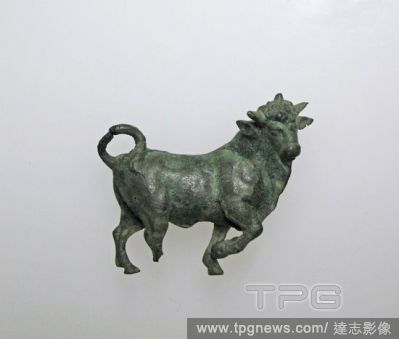
Editorial Bronze statuette of a bull.
- 2018-08-09
- 1
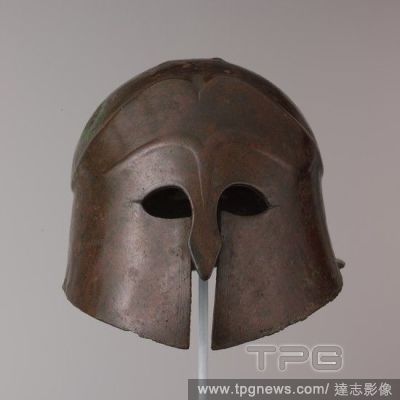
Editorial Bronze helmet of South Italian-Corinthian type.
- 2018-08-09
- 1

Editorial Limestone head of beardless male votary.
- 2018-08-09
- 1
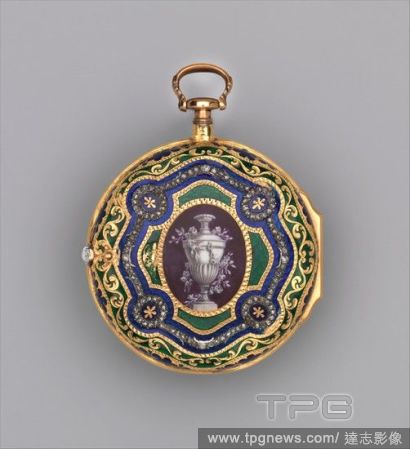
Editorial Watch Case.
- 2018-08-09
- 1

Editorial FLOOR LAMP.
- 2018-08-09
- 1
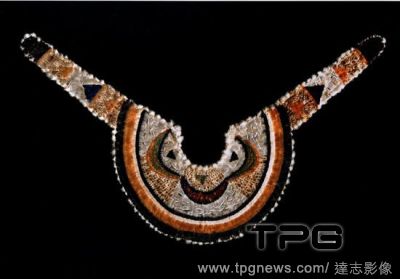
Editorial Shoulder Cape (Pelerine).
- 2018-08-09
- 1
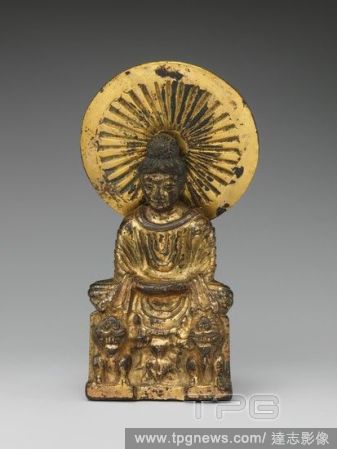
Editorial . Culture: China. Dimensions: H. 6 1/2 in. (16.5 cm); W. 2 3/4 in. (7 cm); D. 1 3/8 in. (3.5 cm). Date: late 4th-early 5th century. Representations of the Buddha wearing a thick shawl over both shoulders and sitting atop a throne with lions on either ...
- 2018-08-08
- 1

Editorial Tanggu.
- 2018-08-06
- 1

Editorial Eyn Newe kunstlich moetdelboech alle kunst.
- 2018-08-06
- 1

Editorial Candlestick (one of a pair).
- 2018-08-06
- 1

Editorial Watch and chatelaine.
- 2018-08-06
- 1
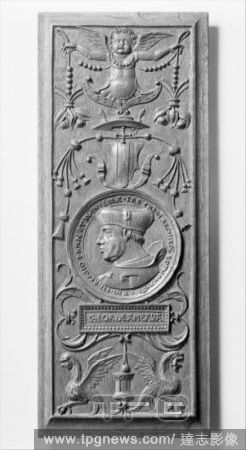
Editorial Panel (part of a set).
- 2018-08-06
- 1
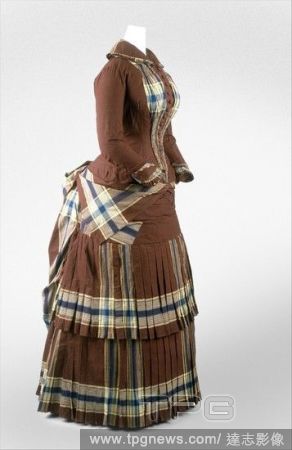
Editorial DRESS.
- 2018-08-06
- 1
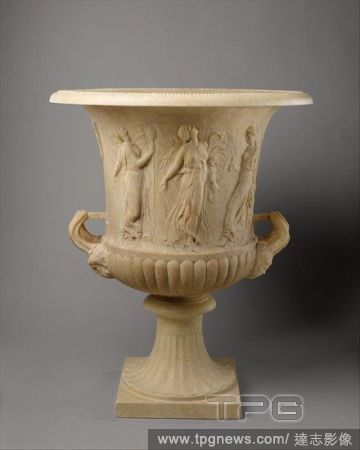
Editorial Marble calyx-krater with reliefs of maidens and dancing maenads.
- 2018-08-06
- 1

Editorial CARPET.
- 2018-08-06
- 1
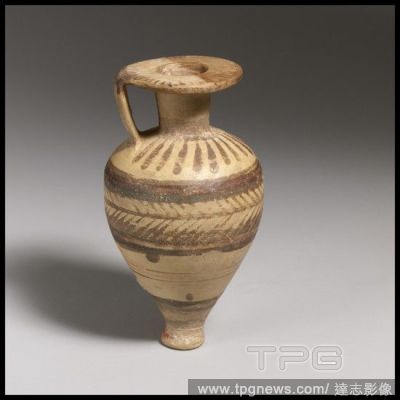
Editorial Terracotta pointed aryballos (oil flask).
- 2018-08-06
- 1
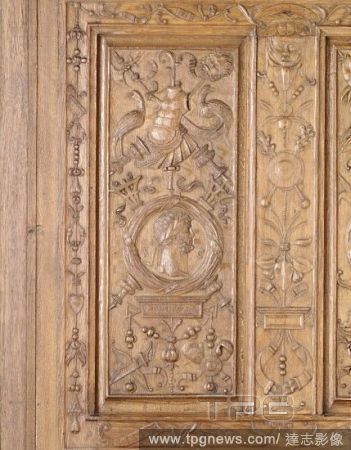
Editorial Panel (part of a set), Nicolas Castille (active 1503?21), ca. 1510, French, Carved oak, 23 x 9 1/4 in. (58.4 x 23.5 cm), Woodwork, Nicolas Castille (active 1503?21), The panels? decorations, which include putti holding heraldic shields or strings of be...
- 2018-08-03
- 1

Editorial Terracotta rhyton (vase for libations or drinking), Late Classical, ca. 350?300 B.C., Greek, South Italian, Apulian, Terracotta; red-figure, H. 7 1/16 in. (17.9 cm), Vases, Head of a dog. On the cup, a running satyr. The earliest Apulian animal-head rh...
- 2018-08-03
- 1

Editorial Alabaster alabastron (perfume vase), Archaic, early 6th century B.C., Etruscan, Alabaster, H.: 14 in. (35.6 cm), Miscellaneous-Stone Vases, Cut from one piece of stone, the vase consists of the container, in the form of a woman holding a lotos flower, ...
- 2018-08-02
- 1
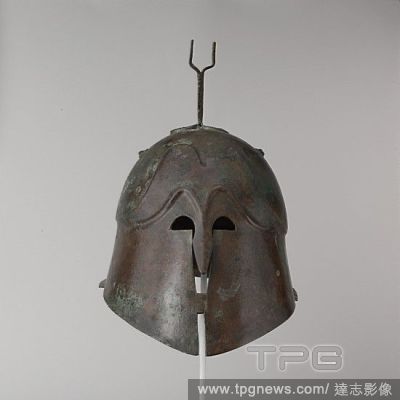
Editorial Bronze helmet of Apulian-Corinthian type, Late Classical or Hellenistic, mid-4th?mid-3rd century B.C., Greek, South Italian, bronze, H. 12 in. (30.5 cm), Bronzes, These helmets represent South Italian adaptations of the Greek type known as Corinthian. ...
- 2018-08-02
- 1
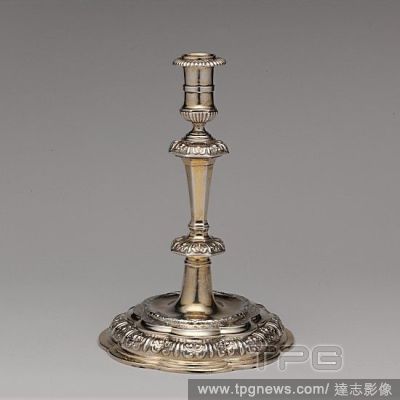
Editorial Candlestick (one of a pair), Master 'RW' (Swedish, Upsala, early 18th century), ca. 1710?20, Swedish, Uppsala, Silver, partially gilt, H. 8 1/2 in. (21.5 cm.); D. standing 5 3/4 in. (15 cm), Metalwork-Silver, Master 'RW' (Swedish, Upsala, early 18th ce...
- 2018-08-02
- 1
 Loading
Loading 